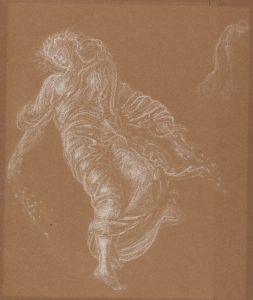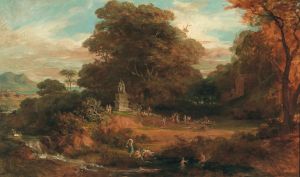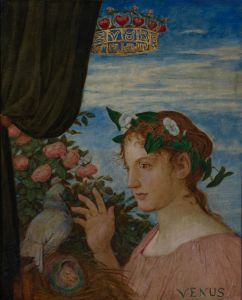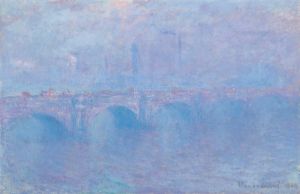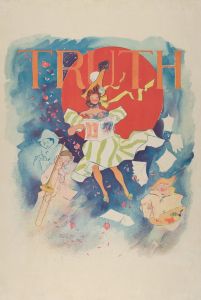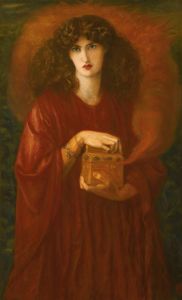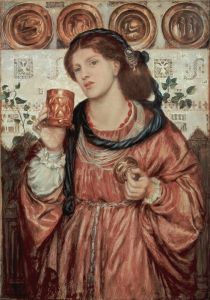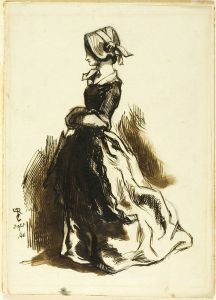
Venus Verticordia
A hand-painted replica of Dante Gabriel Rossetti’s masterpiece Venus Verticordia, meticulously crafted by professional artists to capture the true essence of the original. Each piece is created with museum-quality canvas and rare mineral pigments, carefully painted by experienced artists with delicate brushstrokes and rich, layered colors to perfectly recreate the texture of the original artwork. Unlike machine-printed reproductions, this hand-painted version brings the painting to life, infused with the artist’s emotions and skill in every stroke. Whether for personal collection or home decoration, it instantly elevates the artistic atmosphere of any space.
"Venus Verticordia" is a painting by the British artist Dante Gabriel Rossetti, completed in 1868. Rossetti was a prominent figure in the Pre-Raphaelite Brotherhood, a group of English painters, poets, and critics founded in 1848 that aimed to reform art by rejecting the mechanistic approach adopted by the Mannerist artists who succeeded Raphael and Michelangelo. The Pre-Raphaelites sought to return to the abundant detail, intense colors, and complex compositions of Quattrocento Italian art.
The title "Venus Verticordia" translates to "Venus the Changer of Hearts," referencing the Roman goddess of love, beauty, and fertility. The term "Verticordia" was associated with Venus in her role as a protector of feminine chastity and marital fidelity, although Rossetti's depiction leans more towards the sensual and alluring aspects of the goddess.
In the painting, Venus is portrayed as a voluptuous figure with flowing auburn hair, holding an apple in one hand and a golden arrow in the other. The apple is a traditional symbol associated with Venus, often linked to the story of the Judgment of Paris, where Paris awards the apple to Venus as the fairest of the goddesses. The arrow, meanwhile, is a nod to Cupid, Venus's son, and symbolizes love's piercing power.
Rossetti's Venus is surrounded by a profusion of roses, which are emblematic of love and beauty. The background is richly detailed, with the flowers contributing to the lush and opulent atmosphere of the painting. The use of vibrant colors and intricate details is characteristic of Rossetti's work and reflects the Pre-Raphaelite emphasis on naturalism and elaborate ornamentation.
The model for Venus was Alexa Wilding, one of Rossetti's favorite muses, who appeared in several of his works. Wilding's striking features and distinctive red hair made her an ideal choice for the role of the goddess. Rossetti's fascination with female beauty and his idealized portrayal of women are evident in this painting, as in much of his oeuvre.
"Venus Verticordia" was initially met with mixed reactions. Some critics praised its beauty and technical skill, while others found it overly sensual and provocative. The painting's erotic undertones and Rossetti's focus on the sensual aspects of Venus were controversial at the time, reflecting broader Victorian anxieties about sexuality and morality.
The painting is also notable for its use of color and light. Rossetti employed a technique known as "wet white," which involved applying layers of paint over a wet white ground to achieve a luminous effect. This technique enhanced the vibrancy of the colors and contributed to the painting's overall sense of richness and depth.
Today, "Venus Verticordia" is regarded as one of Rossetti's masterpieces and an exemplary work of the Pre-Raphaelite movement. It is housed in the Russell-Cotes Art Gallery & Museum in Bournemouth, England. The painting continues to be studied and admired for its artistic innovation, its exploration of themes of beauty and desire, and its place within the broader context of 19th-century art.





